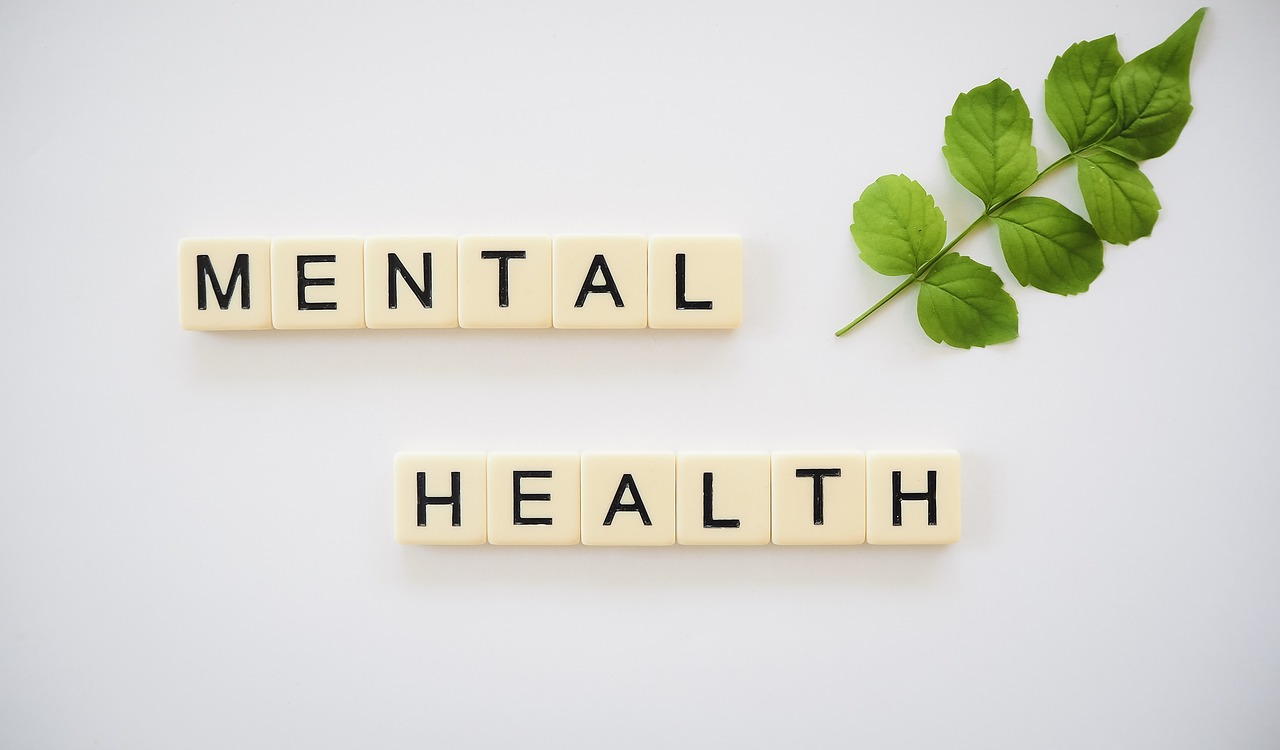Health Benefits of Skateboarding: Physical Activity and Creative Expression
Regular skateboarding offers a plethora of benefits beyond just being a thrilling recreational activity. Engaging in skateboarding on a consistent basis can significantly enhance one’s physical fitness levels. The dynamic movements involved in skateboarding target various muscle groups, leading to improved strength and endurance.
Moreover, regular skateboarding can also serve as a great way to boost mental health. The focus and concentration required while maneuvering the board help in sharpening cognitive skills and fostering a sense of mindfulness. Additionally, the sense of achievement and satisfaction derived from mastering new tricks and techniques can contribute to a positive outlook on life.
Engagement of Core Muscles
Skateboarding is not just a fun and exciting activity; it also provides a great workout for your core muscles. When you’re riding a skateboard, your abdominal muscles, lower back muscles, and obliques are engaged to help maintain your balance and control your movements. This constant engagement of your core muscles not only strengthens them but also helps improve your overall stability and posture.
As you propel yourself forward on a skateboard by pushing off with one foot, your core muscles are actively involved in stabilizing your body and supporting your movements. Additionally, when performing tricks or maneuvers on a skateboard, such as ollies or kickflips, your core muscles are heavily relied upon to provide the necessary power and control. This continual engagement of your core muscles not only enhances your skateboarding skills but also contributes to a stronger and more toned midsection.
• Riding a skateboard engages abdominal muscles, lower back muscles, and obliques
• Helps maintain balance and control movements
• Strengthens core muscles and improves stability and posture
• Core muscles are actively involved in propelling forward on a skateboard
• Provide power and control when performing tricks or maneuvers like ollies or kickflips
Improvement in Balance and Coordination
Skateboarding is a dynamic activity that requires constant adjustments in body positioning and weight distribution. As riders navigate their boards through various movements and tricks, they engage a wide range of muscles to maintain stability and control. This continual shifting of weight and precise muscle coordination not only enhances balance but also strengthens core muscles over time.
Furthermore, the act of skateboarding challenges individuals to develop a heightened sense of proprioception, or the body’s awareness of its position in space, and improves their overall coordination. From executing ollies to cruising down ramps, skateboarders must synchronize their body movements with the board’s motion, fostering a deep connection between mind and body. This increased coordination not only benefits performance on the board but can also carry over to other physical activities, promoting overall agility and motor skills.
What are the benefits of regular skateboarding?
Regular skateboarding can improve balance, coordination, and agility. It also provides a good cardiovascular workout and helps build leg muscles.
How does skateboarding engage core muscles?
Skateboarding requires constant adjustments in balance, which engages the core muscles to stabilize the body. This helps strengthen the core muscles over time.
Can skateboarding help improve balance and coordination?
Yes, skateboarding involves constant shifting of weight and precise movements, which can help improve balance and coordination with regular practice.
How often should one skateboard to see improvement in balance and coordination?
Consistent practice is key to seeing improvement in balance and coordination. Aim for regular skateboarding sessions several times a week to see noticeable progress.







